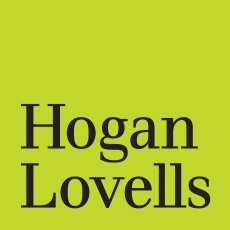On 16 April 2019 the National Agency for Industrial Safety and the Protection of the Environment in the Hydrocarbons Sector (ASEA) published NOM-001-ASEA-2019 (NOM-001) in the Federal Official Gazette (for further details please see "New hydrocarbons sector environmental and safety regulator starts operations"). NOM-001's main aims are to:
- establish criteria to classify the special types of waste produced in the hydrocarbons sector and determine which of these must be subject to a management plan; and
- determine the contents of special management and hazardous waste management plans.
Prior to NOM-001's issuance, NOM-EM-005-ASEA-2017 regulated hazardous and special waste produced by the hydrocarbons sector; however, this was applicable only until the ASEA issued definitive regulations in this regard.
Much like its predecessor, NOM-001 provides a list of the types of waste from the hydrocarbons sector which are subject to a management plan, including:
- rocks;
- vegetable oil;
- tyres;
- construction debris;
- drilling mud;
- filters;
- polyurethane;
- polystyrene;
- plastic;
- packaging materials;
- electronic devices;
- metals; and
- exhausted activated carbon.
Notably, such waste is subject to NOM-001 only when it is the result of hydrocarbons industry-related activities, such as oil exploration and exploitation. Therefore, waste which is generated during the development of non-hydrocarbons industry-related activities must be handled in accordance with the applicable waste regulations (for special management waste, both local and federal laws apply).
Further, waste which is not listed in NOM-001, regardless of how it is generated (ie, via hydrocarbons industry activities or otherwise) should also be handled according to the applicable local and federal regulations. However, regulated parties that wish to handle all of the waste which they generate during their operations under a single guideline (NOM-001) may do so by registering both NOM-001-listed and other forms of waste before the ASEA as part of their respective waste handling plan.
As regards the management of hazardous waste, this must follow the same basic principle that applies to all types of waste from any origin – namely, waste will be considered to be hazardous where it:
- is:
- corrosive;
- reactive;
- explosive;
- toxic; or
- inflammable; or
- poses a biohazard threat.
Hazardous waste generated during hydrocarbons industry-related activities must be handled in accordance with NOM-001 and any other applicable regulations, such as:
- the General Law for the Prevention and Integral Management of Waste and its regulations; and
- the relevant official standards (eg, NOM-052-SEMARNAT-2005).
NOM-001 will come into force on 15 June 2019. Regulated parties without a management plan by that time have 120 calendar days to prepare and submit one to the ASEA for approval.
This article was first published by the International Law Office, a premium online legal update service for major companies and law firms worldwide. Register for a free subscription.





